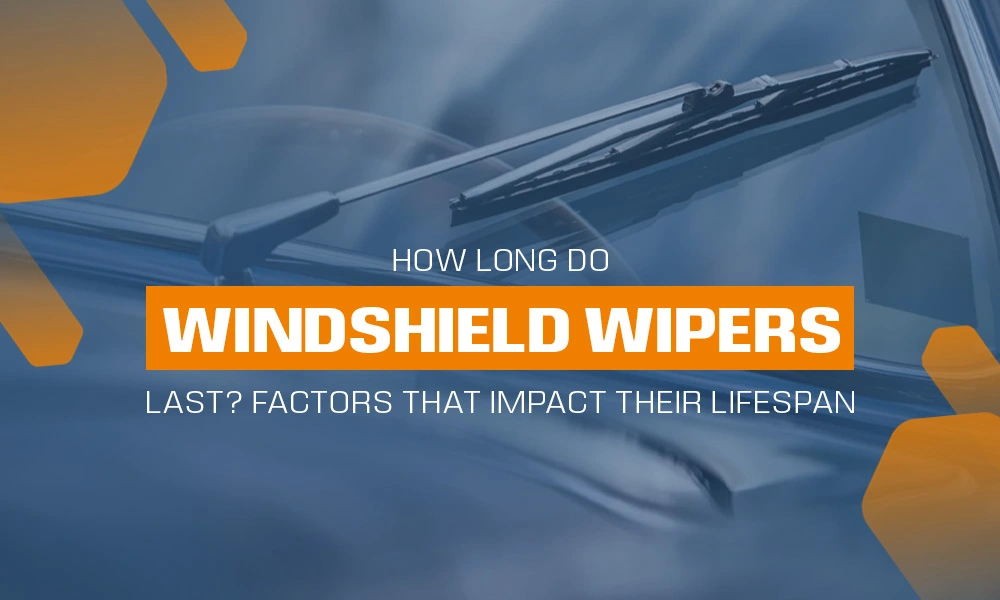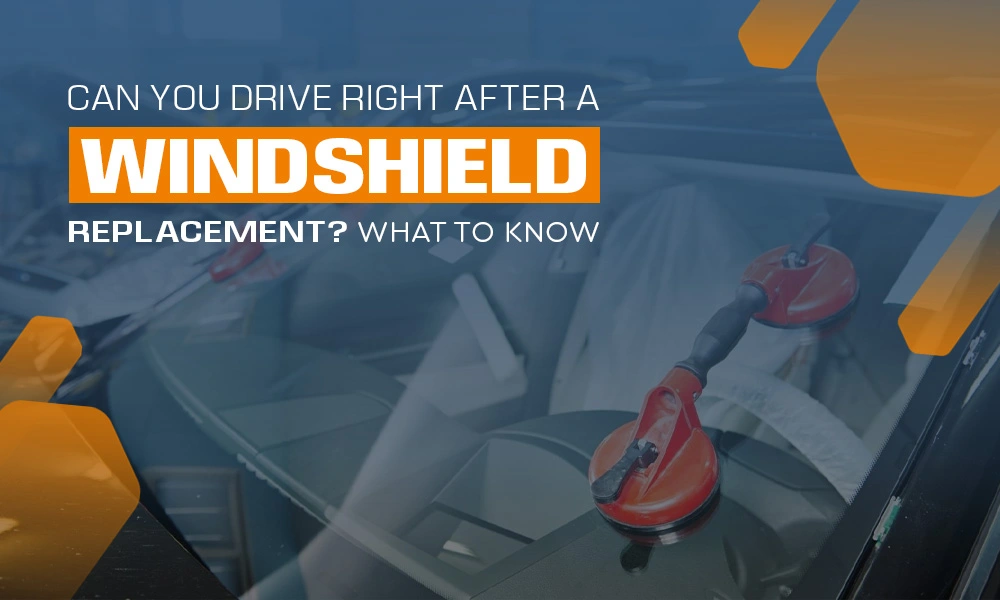Windshield wipers might not be the most glamorous part of your car, but they’re important when it comes to safety. During a sudden downpour or a snowstorm, your wipers must be functional to maintain a clear view of the road ahead. But have you ever wondered how long do windshield wipers last? If so, you’re not alone.
The lifespan of your wipers depends on several factors, from weather conditions to how often you use them. Let’s dive into everything you need to know about windshield wiper lifespan, signs of wear, and how to make them last longer.
How Long Are Windshield Wipers Good For?
On average, windshield wipers last between six months to a year. However, the exact lifespan depends on elements like climate, frequency of use, and maintenance regime. If you live in an area with extreme weather conditions, like heavy rain or snow, your wipers may wear out more quickly than someone driving in a drier climate.
While some windshield wipers can last up to two years, if you have a proper maintenance regime, it becomes easier to fix windscreen wipers. After all, driving with worn-out wipers can lead to streaks, reduced visibility, and potential safety hazards.
Factors That Impact Windshield Wiper Lifespan
The average life of windshield wiper blades isn’t definite.
Here are some key factors that influence how long your wipers last:
Weather Conditions
- Hot summers can cause the rubber on your wipers to dry out and crack.
- Freezing temperatures can make the blades brittle, reducing their effectiveness.
- Constant exposure to rain, snow, or road salt can speed up wiper scratches.
Frequency of Use
- If you drive in rainy or snowy conditions often, your wipers will wear out faster.
- Even occasional use in dusty environments can cause the blades to deteriorate.
Maintenance and Cleaning
- Regularly cleaning your wiper blades can extend their lifespan.
- Dirt, debris, and tree sap can accumulate on the blades, causing them to wear down quickly.
Type of Wiper Blades
- Traditional rubber blades tend to be worn out faster than silicone or hybrid blades.
- Premium wipers, while more expensive, often last longer and perform better in extreme conditions.
Proper Installation
- Poorly installed wipers may not make full contact with the windshield, reducing effectiveness and increasing wear.
- If wipers aren’t properly aligned, they may leave streaks or miss spots, signaling a need for replacement.
Signs You Need Windshield Wipers Replacement
Even if you haven’t hit the six-month or one-year mark, it’s crucial to keep an eye out for these warning signs:
- Streaking or Smearing – If your wipers leave streaks or smudges on the windshield, they’re likely worn out or dirty.
- Skipping or Chattering – Wipers that jump or make a chattering noise often indicate hardened rubber or an issue with the wiper arm alignment.
- Splitting or Cracking – If you notice visible cracks or tears on the blades, it’s time for a replacement.
- Reduced Visibility – squeaky windshield wipers aren’t effective in keeping the visibility clear. This is one of the most visible signs that they’re no longer effective.
- Strange Noises – Squeaking or scraping sounds suggest that the rubber has deteriorated or that dirt is trapped under the blade.
If you notice any of these signs, don’t wait too long to replace your wipers. Driving with faulty wipers can put you and others at risk, especially in bad weather.
How to Extend the Lifespan of Your Windshield Wipers?
Want to get the most out of your wipers? Here are some simple tips to help prolong the average life of windshield wiper blades:

- Clean Them Regularly – Wipe down your wiper blades with a damp cloth or mild soap at least once a month.
- Avoid Using Them on a Dry Windshield – Always spray windshield washer fluid before using your wipers to prevent unnecessary wear.
- Protection From Extreme Temperatures – In hot weather, park in the shade to prevent rubber drying. In cold weather, lift your wipers off the windshield to prevent them from freezing.
- Use High-Quality Wiper Fluid – Cheap washer fluids may contain harsh chemicals that break down rubber faster.
- Replace Them in Pairs – When replacing your wipers, change both at the same time to ensure even performance.
How Long Do Car Wipers Last Compared to Other Vehicle Parts?
While your wipers may not last as long as other car parts, keeping them in top shape is just as important.
Here’s a quick comparison:
- Windshield wipers: 6-12 months
- Tires: 25,000-50,000 miles
- Brake pads: 30,000-70,000 miles
- Battery: 3-5 years
- Engine oil: 3,000-7,500 miles (depending on oil type and driving conditions)
As you can see, choosing windshield wiper is crucial for a safe driving experience. That’s why regular inspections and timely replacements are important to maintain visibility on the road.
Bottom Line
So, how long do windshield wipers last? The general rule of thumb is to replace them every six months to a year—or sooner if you notice signs of wear. Factors like climate, usage, and maintenance play a big role in their longevity, so keep an eye on their condition.
If your wipers are leaving scratches or making noise, simply get them replaced. A quick replacement is a small price to pay for improved safety and visibility on the road.
By taking care of your windshield wipers, you’ll ensure a safer, smoother driving experience—rain or shine!









